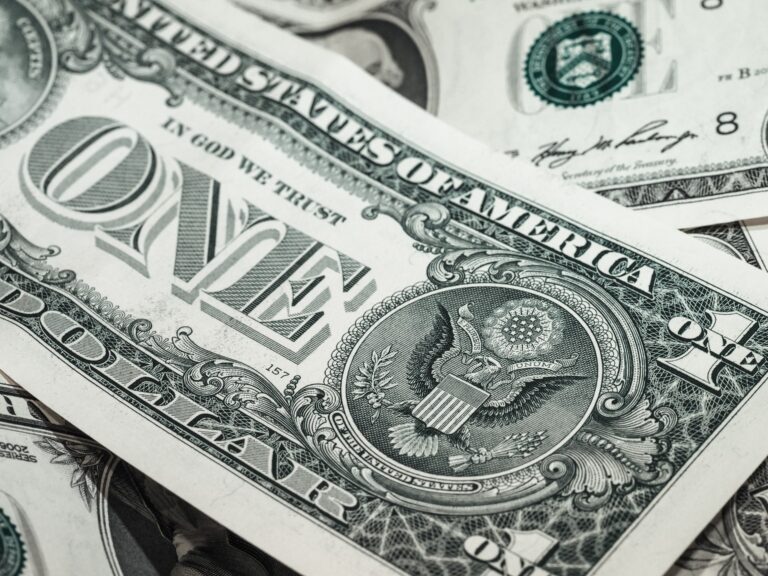
Morning Brief – Why GBPEUR may still move lower
Why GBPEUR may still move lower
Despite a significant leg downwards in late 2022, it seems plausible, indeed likely, that GBPEUR may have further to fall. Late last year and in early 2023, GBPEUR has stabilised with its fall from the teens proving sufficient to redress the changing fundamentals and flows across the currency pair. As this move occurred, the adjustment lower seemed fair value, however, there is an asymmetry within UK fixed income markets that may prove to hold another round of GBPEUR buying. Interestingly, based upon the revised forecasts for the Dollar for this year, it is possible that the main avenue for this Sterling asymmetry may be the GBPEUR cross, leaving GBPUSD intact, even perhaps higher.
Let’s start with the asymmetry that could undermine GBP dynamics. At present the terminal rate from the Bank of England is priced by the market at 4.5% by the middle of this year. So far, a significant adjustment of rhetoric and forecasts has shown that most market participants believe the terminal rate will be far lower. Many big interest rate and FX players are now suggesting a peak Bank rate of 4% is more likely. 0.5% is a big difference to adjust in the near end of the curve and would undermine demand for investors, in the short run at least, to hold GBP. The process of this adjustment would also inevitably undermine demand for Sterling in FX markets. Bank rate currently sits at 3.5% with meetings in February and March under close analysis as data appears to be showing a softening labour market and moderating inflation. Lower inflation and higher unemployment are not data dynamics deserving of another 1% hike to central bank interest rates.
So, one or the other has to break: expectations for rates, or pricing for rates. I sit in the camp that interest rates are overpriced in the UK and that the forecasts are more accurate. Should this be correct, a weaker Pound would have to be expressed within currency pairs. However, the US is currently undergoing a very similar phenomenon. Whilst the Fed is talking a tighter game than the BoE, the same narrative of overpriced short term interest rates is unfolding. Meetings for the Fed have been downgraded in expectations to show only 25-basis points per meeting worth of adjustment versus much loftier forecasts and pricing only a month ago. We are therefore likely entering a weaker Dollar dynamic that will not allow GBP weakness to be observed within GBPUSD.
If rates are indeed overpriced and UK implied yields are indeed in need of trimming, it is unlikely to be GBPUSD that indicates a faltering Pound. Given that the peak rate of 4.5% that is currently being priced by the market should materialise in only a few months’ time, the pricing adjustment may not be so far away. As the ECB started its tightening cycle later and already has a lower implied terminal rate than many of its peers, it is unlikely that the Euro would be vulnerable to the same kind of adjustment described above. That would allow GBPEUR to be the main artery for Sterling weakness to be expressed into Q2 and Q3 this year.
Discussion and Analysis by Charles Porter

Related Insights

Daily Brief – Gold
Gold With Gold accounting for the second highest proportion of Central Bank reserves after the USD and the mood music shifting to it assuming a greater influence on future reserves management, it is worth looking at the numbers behind that. In the 1960s, Central Banks held the highest amount historically of 38,000 tons of gold. […]

Daily Brief – US Dollar
US Dollar Markets not liking POTUS pontificating on the Federal Reserve’s interest rate policy on Wednesday, and less still on his view about the competence or otherwise of Chairman Powell. Given the past few weeks, the betting is that Powell’s time is over either being replaced or having a Trump nominee second guessing him but […]

Daily Brief – NATO
NATO This week sees the 32 member countries of NATO convening in The Hague for the annual meeting which this time unsurprisingly is going to attract rather more in the way of news coverage than it has in previous years. The ECFR or the European Council of Foreign Relations has just completed a poll of […]



 Humphrey Percy
Humphrey Percy